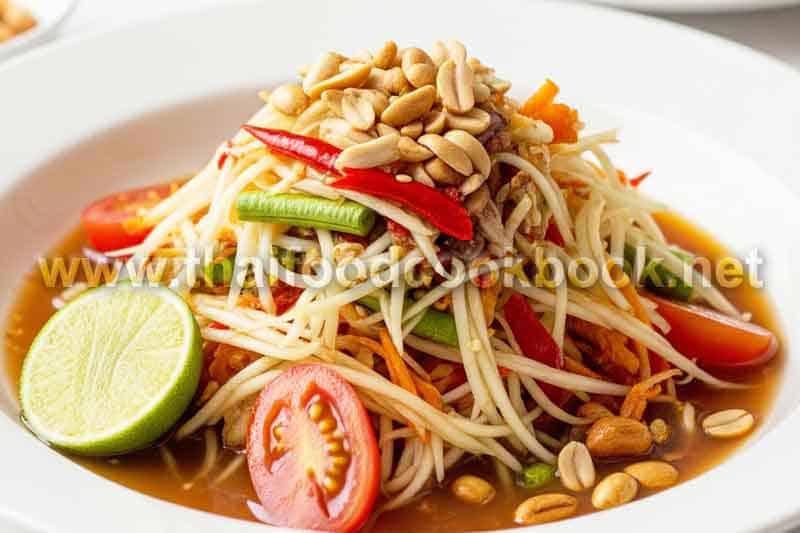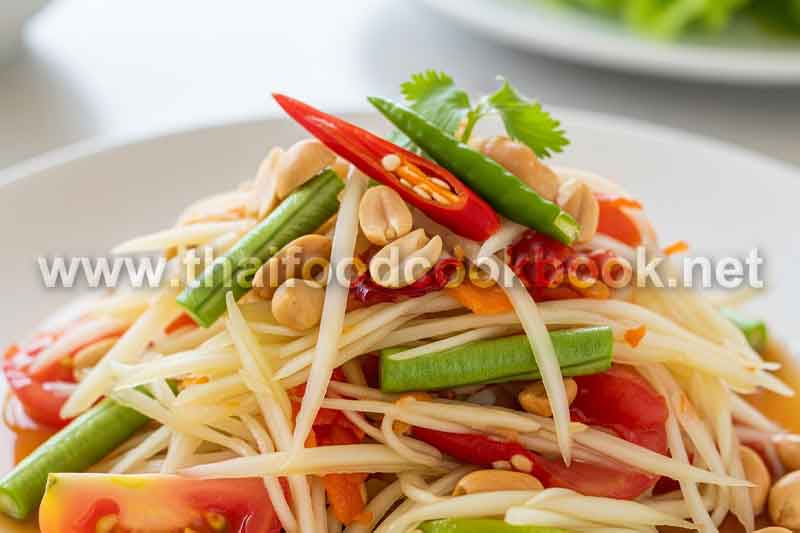Why stir-fry sauce becomes watery and how to thicken it
If you keep wondering why stir-fry sauce becomes watery and how to thicken it properly, the real cause usually comes down to moisture control, poor thickening ratios, or timing mistakes during cooking. A glossy stir-fry sauce only forms when starch, liquid, and heat work together at the right moment, but most home cooks either add thickener too early or dilute it with excess water from vegetables or proteins. Another common issue is adding broth or soy sauce without balancing it with a binding agent, which causes the sauce to run off the ingredients instead of clinging to them. A thick and savory coating depends on evaporation, not dilution, so choosing the right technique matters more than the amount of seasoning. To achieve a restaurant-style finish, you must manage liquid from every source—not just the sauce itself—because vegetables, marinades, and frozen ingredients all release water into the wok stir-fry sauce.
Hidden sources of excess water that thin your stir-fry
The first reason your stir-fry turns watery is not the sauce itself, but moisture trapped inside the ingredients. Frozen vegetables that are not thawed and dried release water as soon as they hit the pan; marinated meats contain unabsorbed liquid that leaks into the wok; leafy greens carry surface moisture even after rinsing. All of this combines with broth or soy sauce and floods the mixture before thickening can begin. Stir-frying is a high-heat technique meant to evaporate moisture quickly, but when the pan is overcrowded or underheated, ingredients steam instead of sear. The result is a pool of liquid where the sauce should have been. Understanding how water sneaks into the wok helps you stop the problem before it ruins the texture of the dish.
- Pat dry proteins before cooking
- Thaw frozen vegetables fully and drain them
- Cook in batches to avoid steaming
- Rinse greens early so they dry before stir-frying
Using thickeners correctly for glossy, restaurant-style sauce
Even when the base flavors are right, stir-fry sauce will not thicken unless you apply the thickener at the correct moment and in the correct ratio. Cornstarch, potato starch, tapioca, and arrowroot all work, but they require high heat and short cooking time at the end of the process. If you add thickener too early, it breaks down and loses power. If you add it while the pan still holds a large amount of water, you get a thin, soupy texture instead of a glaze. The “slurry-to-heat” sequence is what transforms a sauce from watery to glossy. A thickener must meet boiling liquid to activate, then bind around the other ingredients instead of staying in the bottom of the wok.
- Mix thickener with cold water before use
- Add it only at the end of cooking
- Stir briefly over high heat for activation
- Stop cooking once it becomes glossy
How to thicken watery sauce after it has already formed
If your stir-fry sauce has already turned watery, you can still fix it by removing excess moisture or reactivating the thickener. Let the sauce reduce briefly over high heat to evaporate water before adding a new slurry. If the ingredients have released too much liquid, transfer them temporarily and thicken the sauce alone before reincorporating everything. For a lighter texture, tapioca or potato starch gives a silkier finish than cornstarch, especially for delicate vegetables or Thai-style stir-fries. In short, watery sauce comes from trapped moisture, poor heat control, and mistimed thickening; solving these issues creates a clingy glaze instead of a thin broth. For further reference on thickening techniques used by professional Asian kitchens, explore this guide to stir-fry thickener to improve consistency, texture, and final presentation in your dishes.

